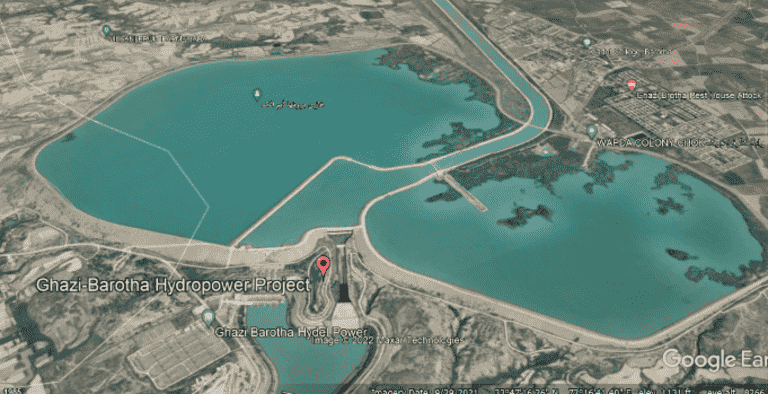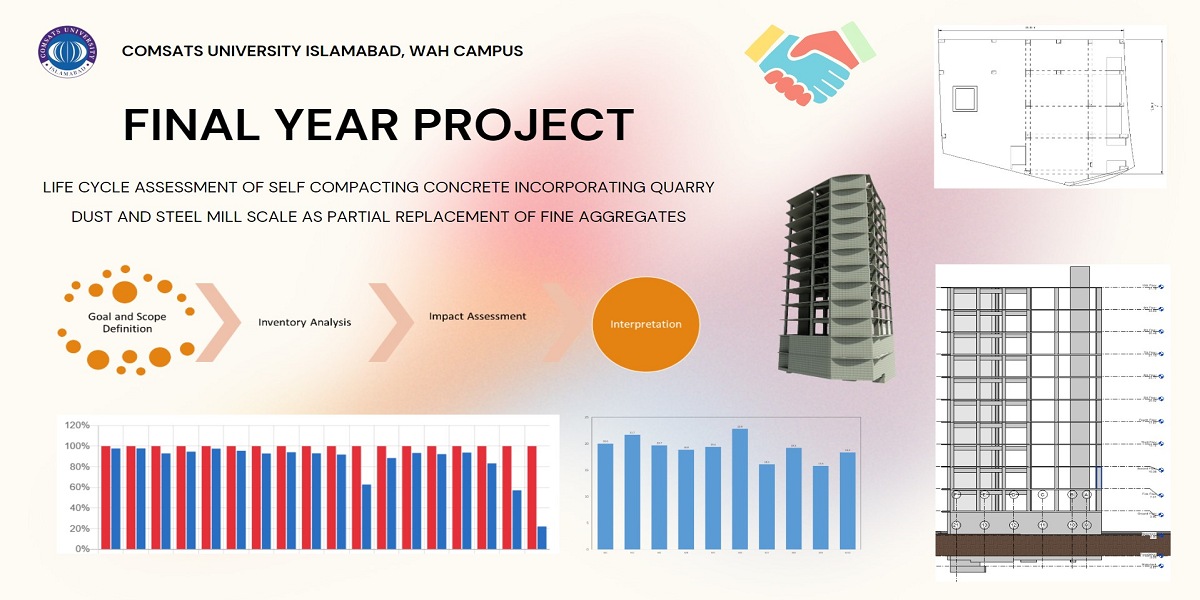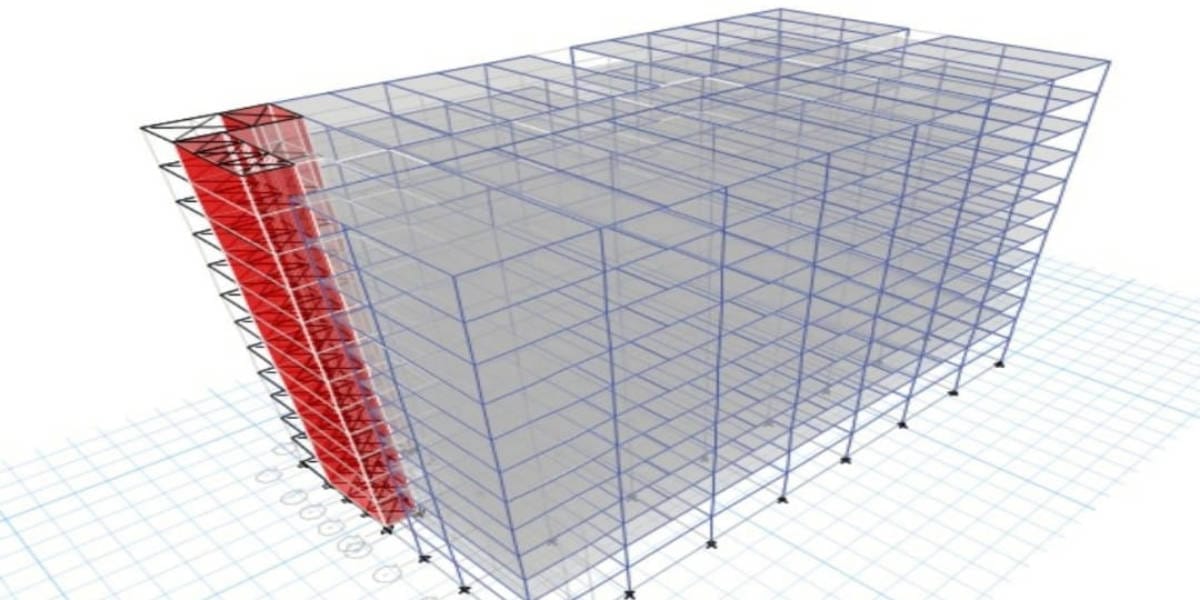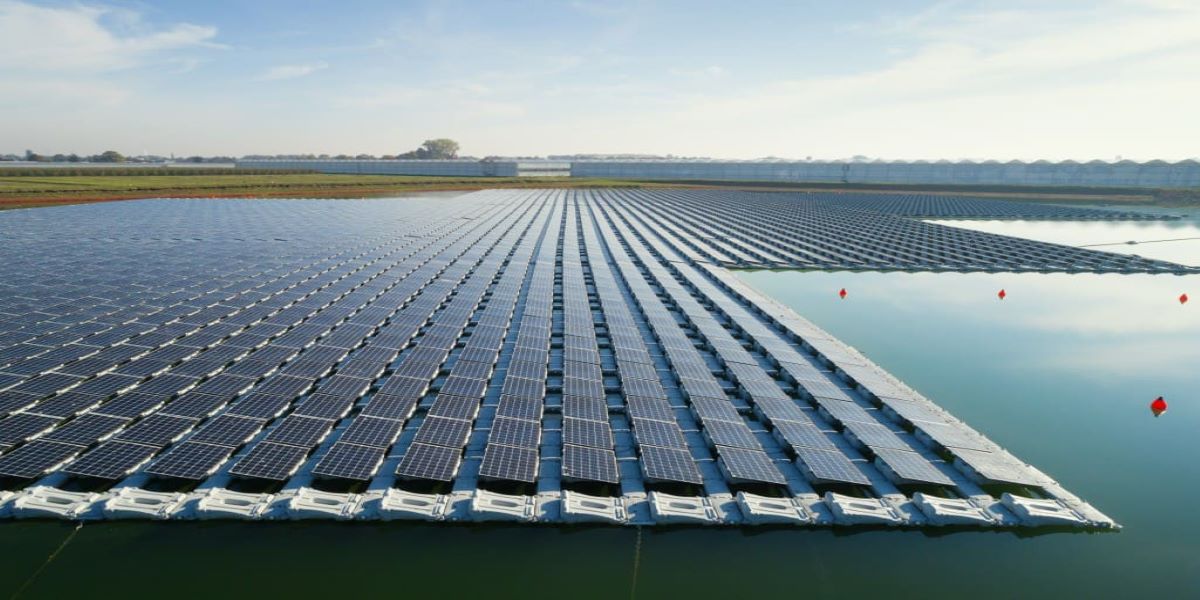Water wastage is one of the primary concern of the 21st century, but water loss due to evaporation is one of the most alienated topics in the context of wastage. Many methods have been introduced and deployed throughout the world in efforts to reduce evaporation losses like suspended cover, Modular floating cover ,Shade balls, Chemical cover and Floating PV solar panels. The most viable method that can be a solution to mitigate evaporation losses is the installation of FSPV. Not only this will reduce evaporation by 80% of the covered area but also utilize the un-utilizable space for the production of green energy without harming the earth.
Floating solar PV, having a reasonable power generation potential, if implemented on the Ghazi Barotha dam reservoir, can play a vital role in sufficing the peak load demand encountered by the Ghazi Barotha hydroelectric power plant.
OBJECTIVE :
- Mitigation of Evaporation losses in Ghazi Barotha reservoir.
- Sustainable development of energy.
- Production of 200MW energy from floating solar panels.
SOCIO-ECONOMIC BENEFITS:
Ground-mounted solar power projects use a lot of land area. The application of this project will save us the utilizable land space.
The installation of floating solar panels on the reservoir will reduce the production of algae blooms.
A solar power project is a renewable source of energy. It will reduce our dependency on fossil fuel energy.
It can save a substantial amount of water
It can add 200 MW of electricity to the Pakistan Grid station.
METHODOLOGY :
- The two methods for measurement of evaporation are:
1. Direct methods :
2. Indirect methods:
SATELITE BASED EVAPORATION CALCULATION:
There was no open-source data about Ghazi Brotha available so we fetched evaporation data using satellite observation. For this purpose, we accessed the ESGF portal. We extracted CORDEX WAS-44 data from the ESGF portal.
We used R Studio to read CORDEX WAS-44 data.
The total area of Ghazi Barotha is 5.46 km2.
APPROXIMATED EVAPORATION IN GHAZI BAROTHA RESERVOIR:
Evaporation in kg/m2/s was extracted from the portal multiplying it by 8600 converted it to mm/day.
Using Google earth the Area in meter square was found to be 5.46km2
The total evaporation for a year was found by multiplying the area with mm/year extracted evaporation information.
Evaporation IN TERMS OF VOLUME:
- It is estimated the average yearly evaporation in ghazi barotha was found to be 582200 m3
PV FLOATING SOLAR PANELS :
The Solar panels are placed on an Aluminum frame which is then laid over the Floats that can carry weight up to 350kg/m2
Benefits:
They can be used to reduce evaporation by 80% by providing shade.
It not only prevents water losses but also utilizes the space and results as a useful source of power generation.
Ground elevations, Area estimates and Power Generation Potential:
The area choice for installation of FSPV is done by analyzing the ground elevations and contours data of both reservoirs.
When the reservoir storage is being used for the power generation through the hydro project there is danger of panel hitting the ground and damaging the equipment so we need to find areas beneath the reservoir that have sufficient depth. This can be done using Google earth pro and Arc GIS.
PRICE OF WATER IN PAKISTAN:
As water Rates in Pakistan are different, it depends on supply like Domestic, Commercial, Industrial and Agricultural use.
Tariff rates of potable water are,
Water Cost = Rs 1.5/Gallon
Water Cost = Rs 396/m3
CONCLUSION:
If floating solar panels are applied to 20% area of Ghazi-Barotha reservoir, approximately 116440.2 m3 of water can be saved from Evaporation yearly.
Applying Floating solar panels to Ghazi-Barotha Reservoir will cost about $ 215 Million. The project will reach its break-even point in 6 years if we consider a full capacity generation of 200MW.






